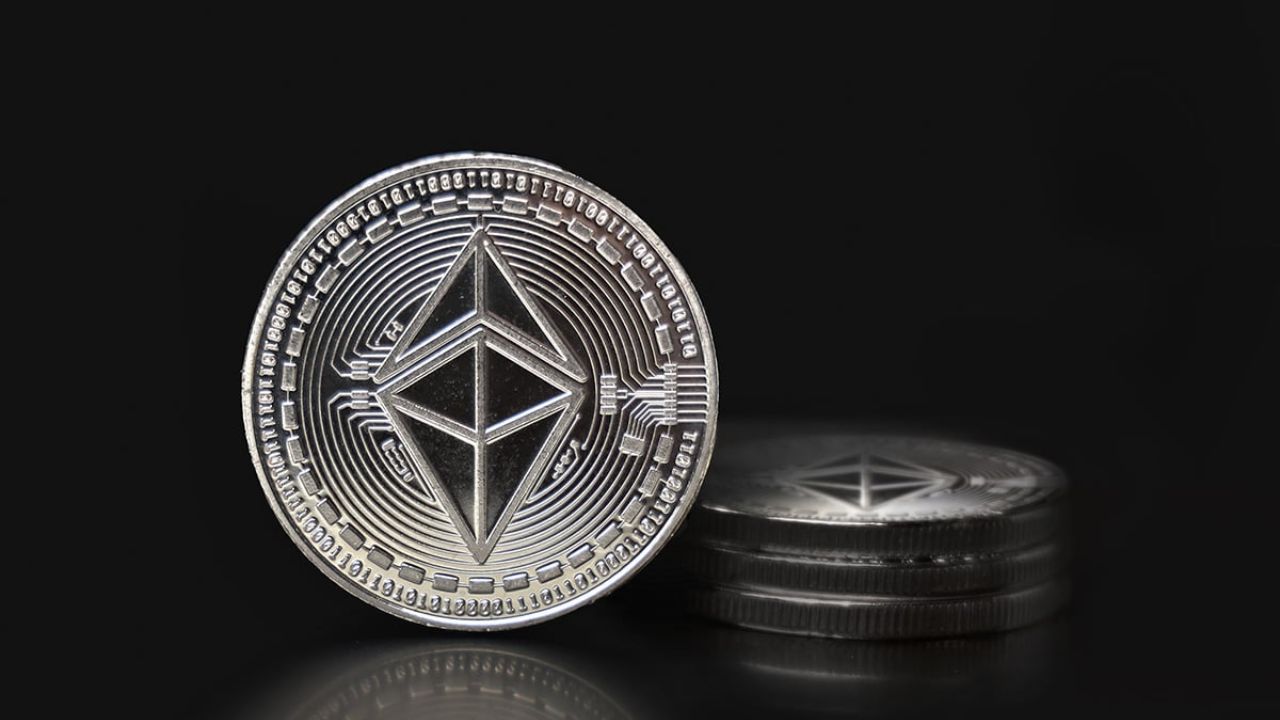Ether has turned out to be one of the strongest cryptocurrencies in the digital economy, and the price in the US dollar (USD) is used as a major signal of market conditions and investor confidence. Traders and investors worldwide give close attention to the Ethereum to USD (ETH/USD) pair as it is an indicator of the value of a single unit of Ethereum in US dollars. To explain the dynamics of the ethereum price usd changes.
Market Demand and Supply Dynamics
Similar to any other asset listed in open markets, the price of Ethereum is mostly influenced by supply and demand. As the number of investors who purchase Ethereum as compared to selling it increases, the price of Ethereum in USD increases. On the other hand, the value is likely to fall when the selling pressure is on the fore. The demand for Ethereum tends to rise when the crypto market is positive, when there are new blockchain projects, or when decentralized applications (dApps) and decentralized finance (DeFi) projects are growing at a high rate. Regarding supply, the amount of coins and the rate of issuance of Ethereum into the network are significant factors in determining the market price.
Impact of Global Economic Conditions
Global macroeconomic conditions also determine the Ethereum value against that of the US dollar. The increase in inflation or a decrease in the purchasing power of fiat currencies tends to get investors to seek other alternative stores of value, such as cryptocurrencies like Ethereum. Also, the ETH/ US dollar pair can be directly affected by the variations in the power of the US dollar. A high dollar will usually lead to a drop in cryptocurrency prices since the digital currency will be more costly to foreign investors, whereas a weak dollar can drive the prices of ETH upward as investors will want to protect themselves against currency depreciation.
Technological Upgrades and Network Efficiency
The technological advancement in Ethereum also has a great impact on its USD value. Newer upgrades like Ethereum 2.0, which incorporated the proof-of-stake consensus mechanism, have minimized the energy usage and enhanced network capacity. These are the improvements that are adding to the confidence of the investors and also bring institutional interest, which may result in price appreciation. Moreover, the Ethereum layer-2 scaling solutions, features of smart contracts, and network security enhancements are also a part of long-term value propositions, which make Ethereum one of the major participants in the greater blockchain ecosystem.
Investor Sentiment and Market Speculation
Sentiment is one of the most significant factors influencing the cryptocurrency markets, and Ethereum is not an exception. Word of rules, acceptance by large organizations, or incorporation into payment methods can create bullish run-ups, making the ETH/USD rate go up. Conversely, unfavorable news like security breaches, exchange failures, or increased government levies may cause panic selling and a decrease in price. The discussion on social media, endorsements by influencers, and participation of the community also contribute to creating market expectations and short-term volatility.
The Role of Decentralized Finance
The market has strengthened Ethereum, as the DeFi and non-fungible tokens (NFTs) have gone through the roof. Most of the DeFi platforms and NFT markets rely on the Ethereum blockchain, which has led to a significant rise in the demand for ETH for transaction fees and staking. The overall demand for Ethereum will be stimulated in scenarios where the DeFi initiative gains traction or the NFT trading becomes more popular, and the ETH/USD rate will be driven towards the upside.
Regulatory Developments
Regulation is also one of the major external factors affecting the price of Ethereum against the US dollar. Positive regulatory clarity may enhance investor confidence and lead to institutional investment, whereas uncertainty or restrictive measures may do the same. The combination of institutional adoption of Ethereum as a financial asset has led to increased legitimacy over the years due to exchange-traded funds (ETFs), payment integrations, and decentralized finance participation. Price stability and more liquidity in ETH/USD markets have also been caused by the increasing participation of hedge funds, asset managers, and fintech companies.
Conclusion
The price fluctuation of Ethereum versus the US dollar is influenced by a set of market forces, technological advancements, investor behavior, and worldwide financial trends. Since Ethereum is still in the process of becoming more than a cryptocurrency into a base technology of Web3, its price in USD will still be a measure of its power on the network and the overall trust in the market. By being aware of these dynamics, traders and investors will be in a better position to make more informed decisions, whether they are buying, selling, or holding ETH as part of their investment strategy. Ether-US dollar will remain a point of interest to the players in the market who would like to navigate the digital finance world that is constantly evolving.









